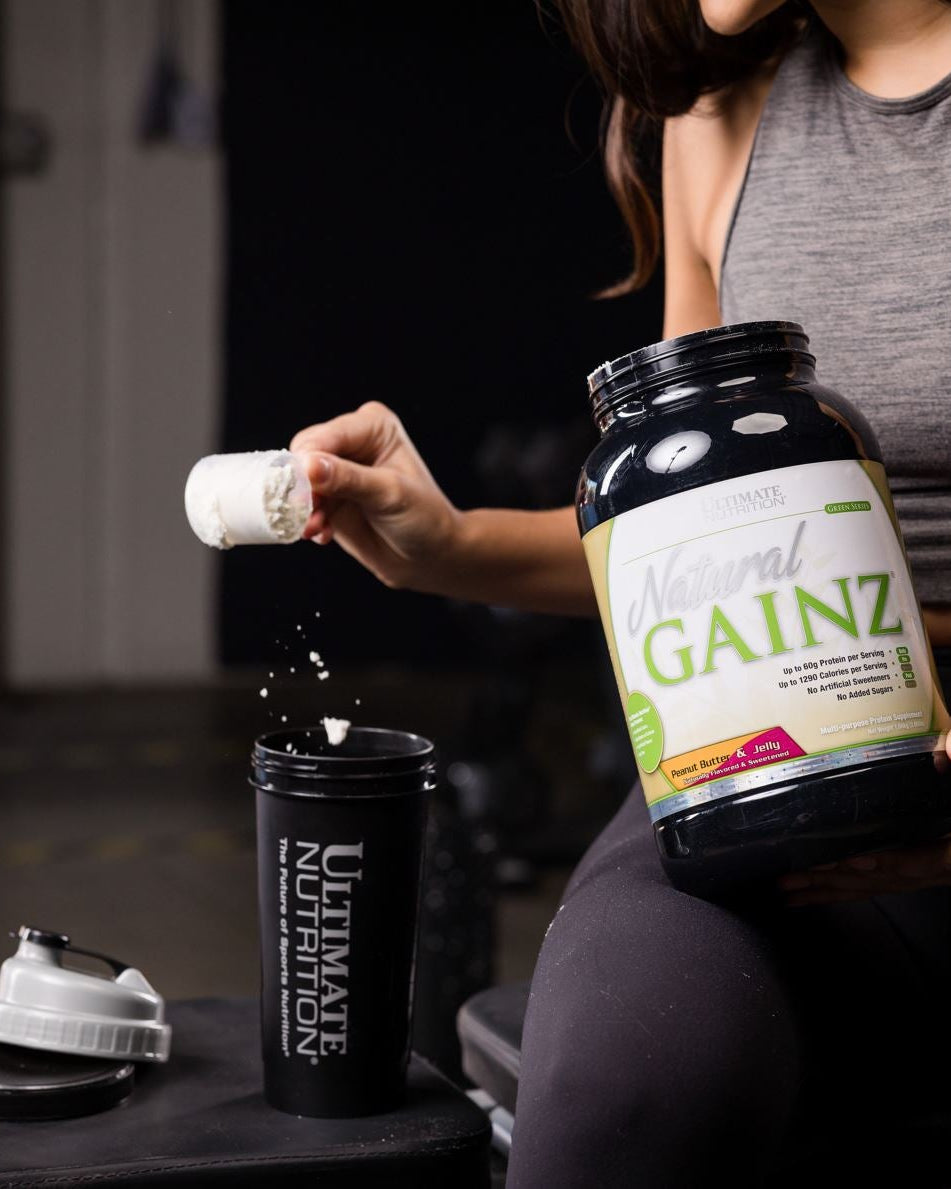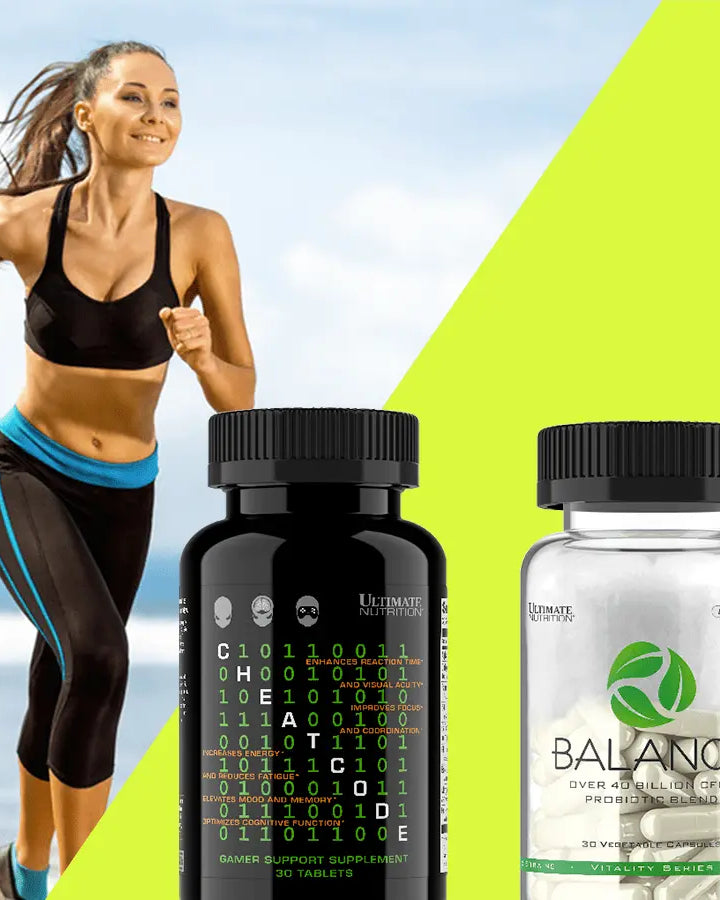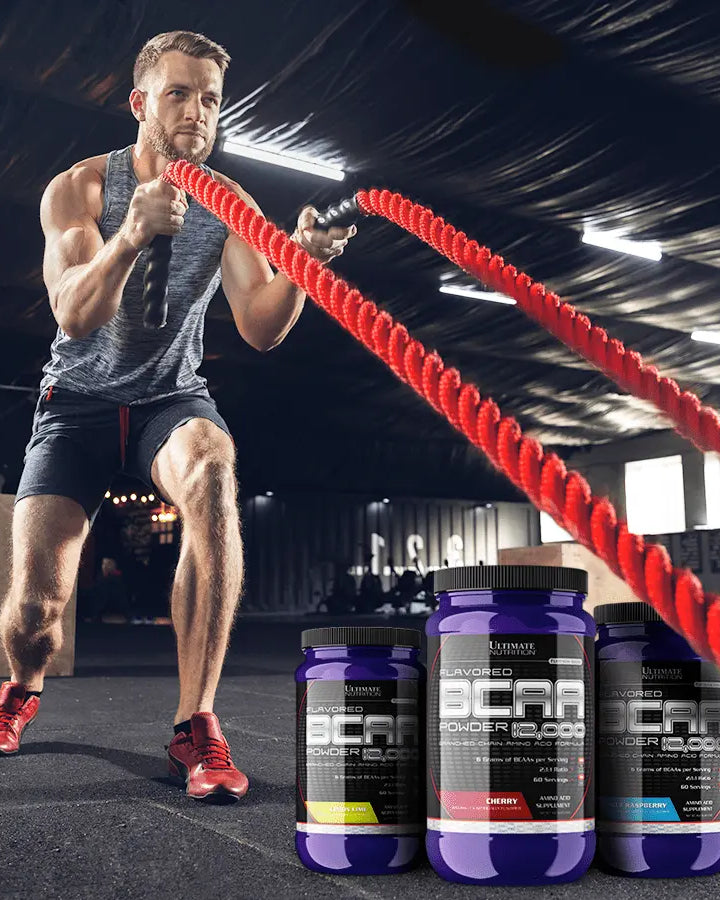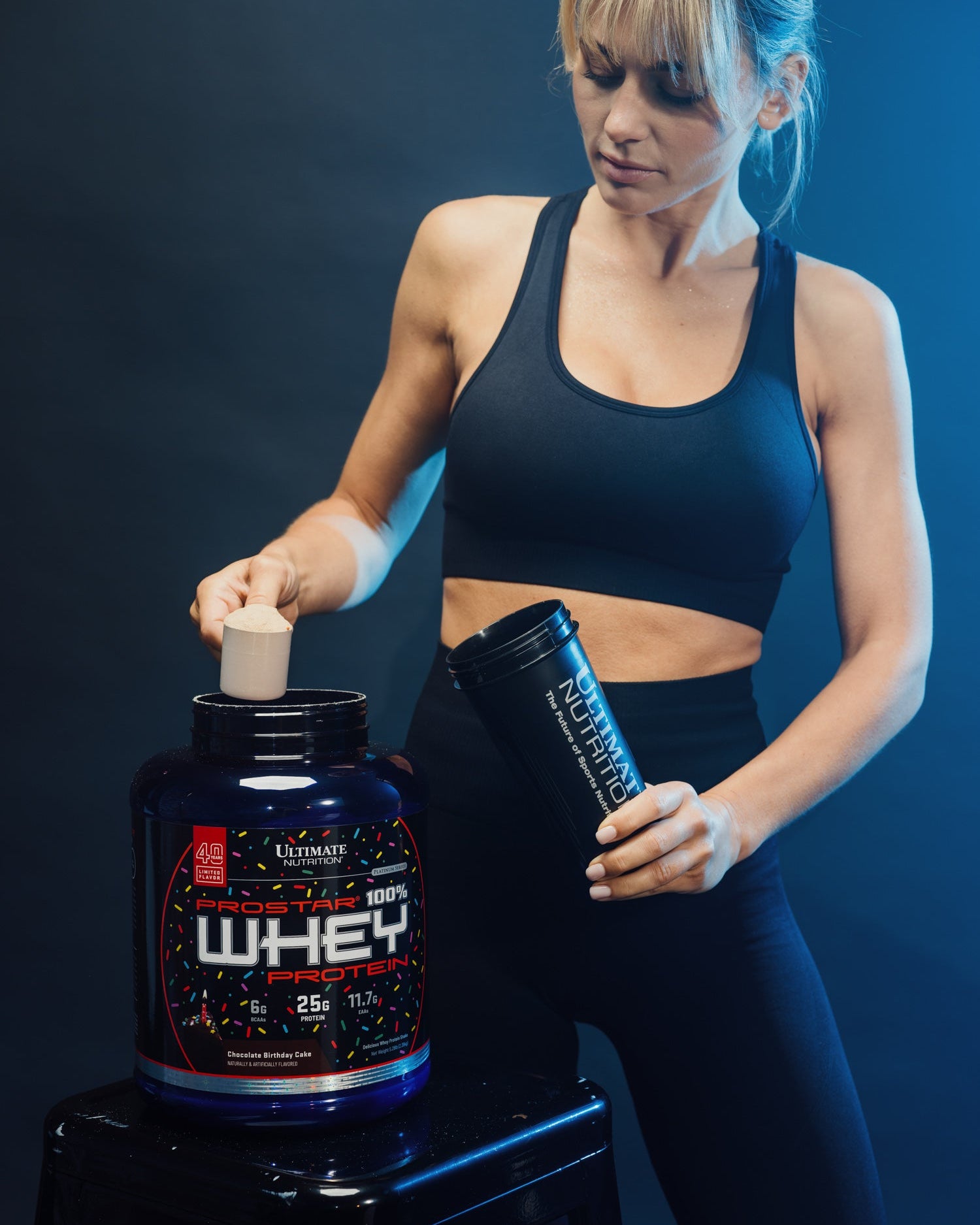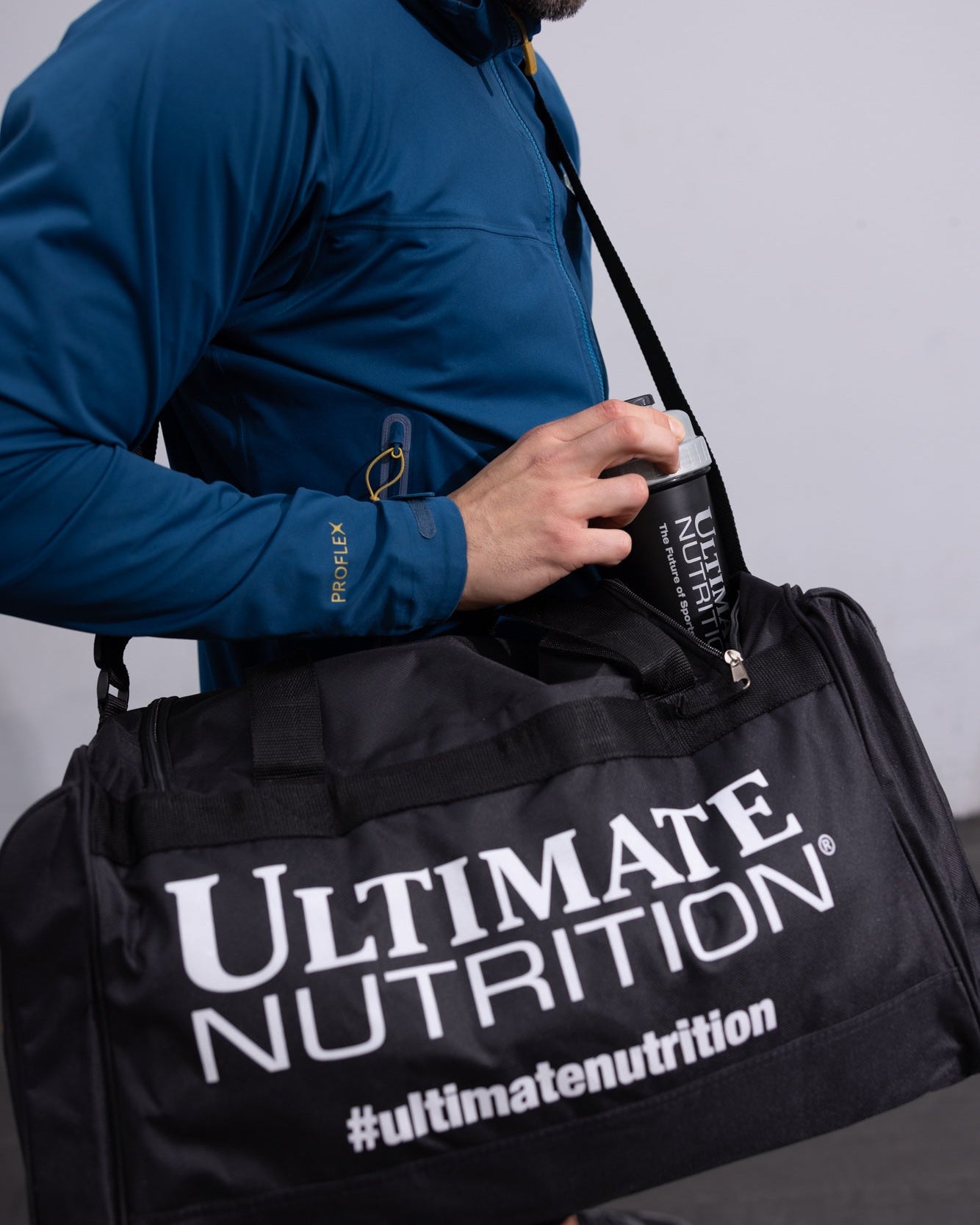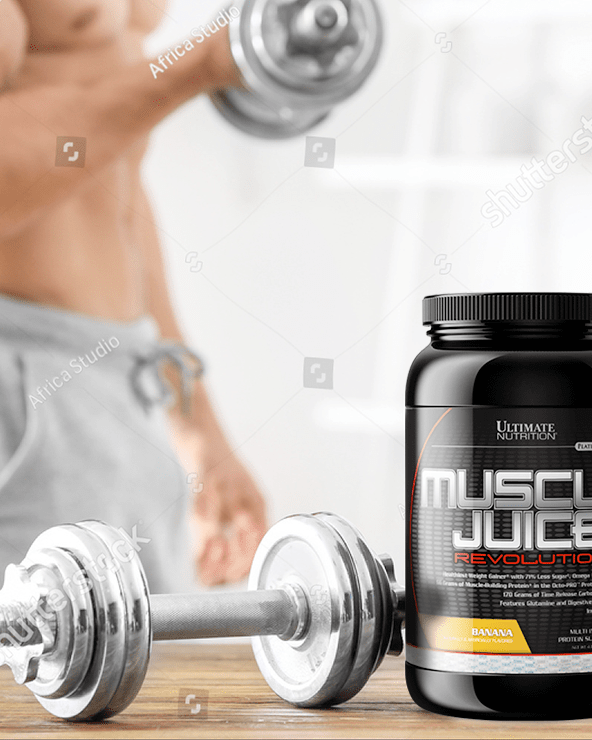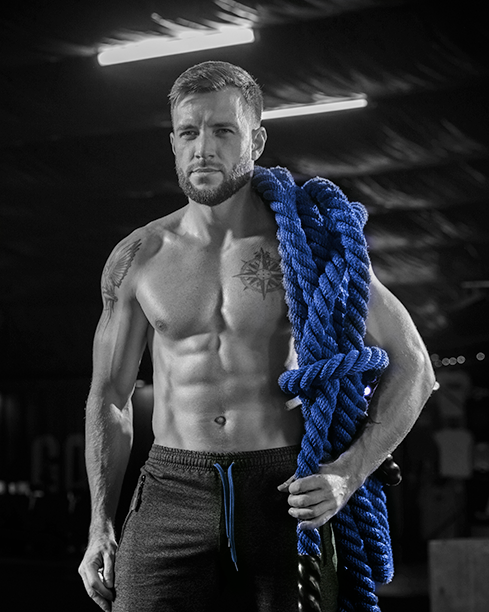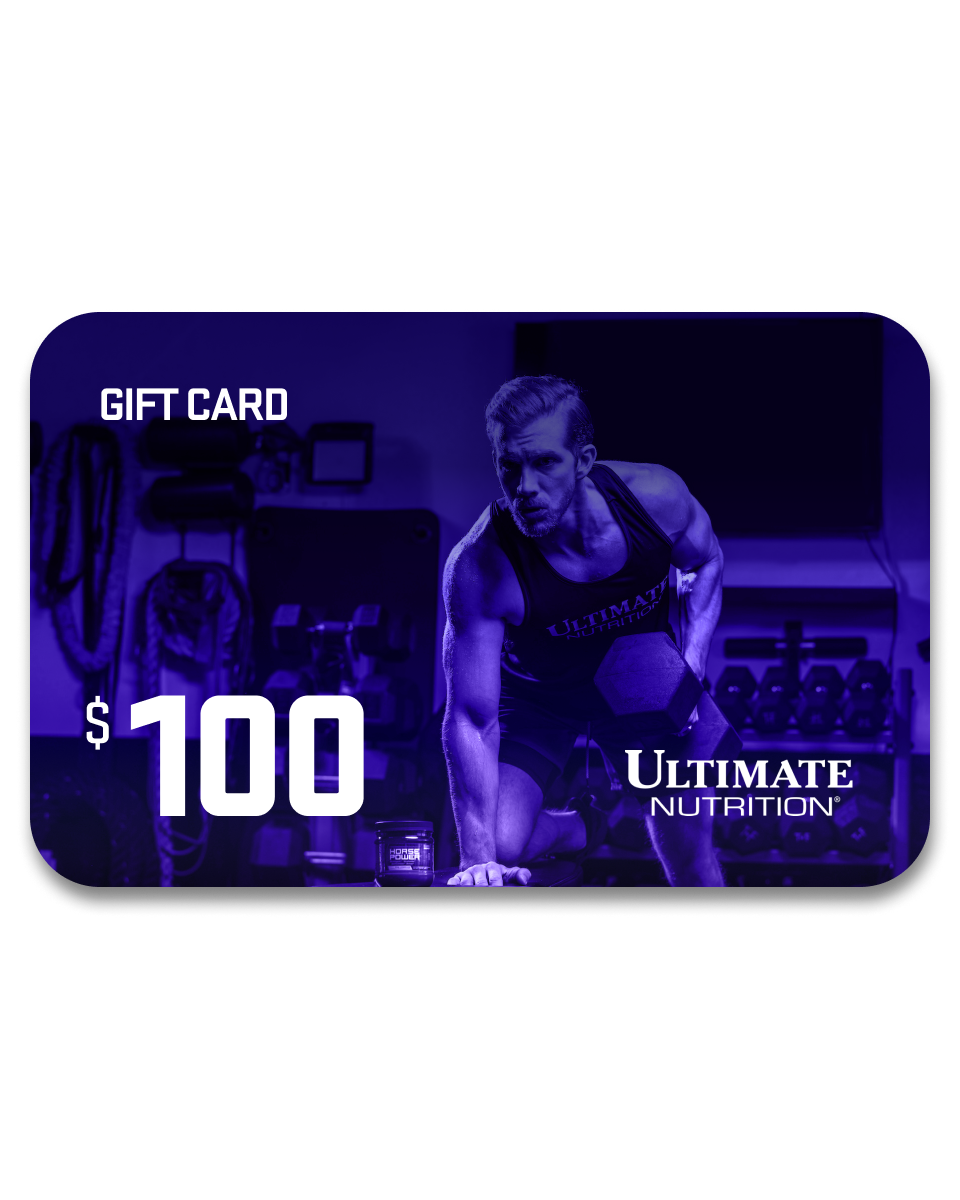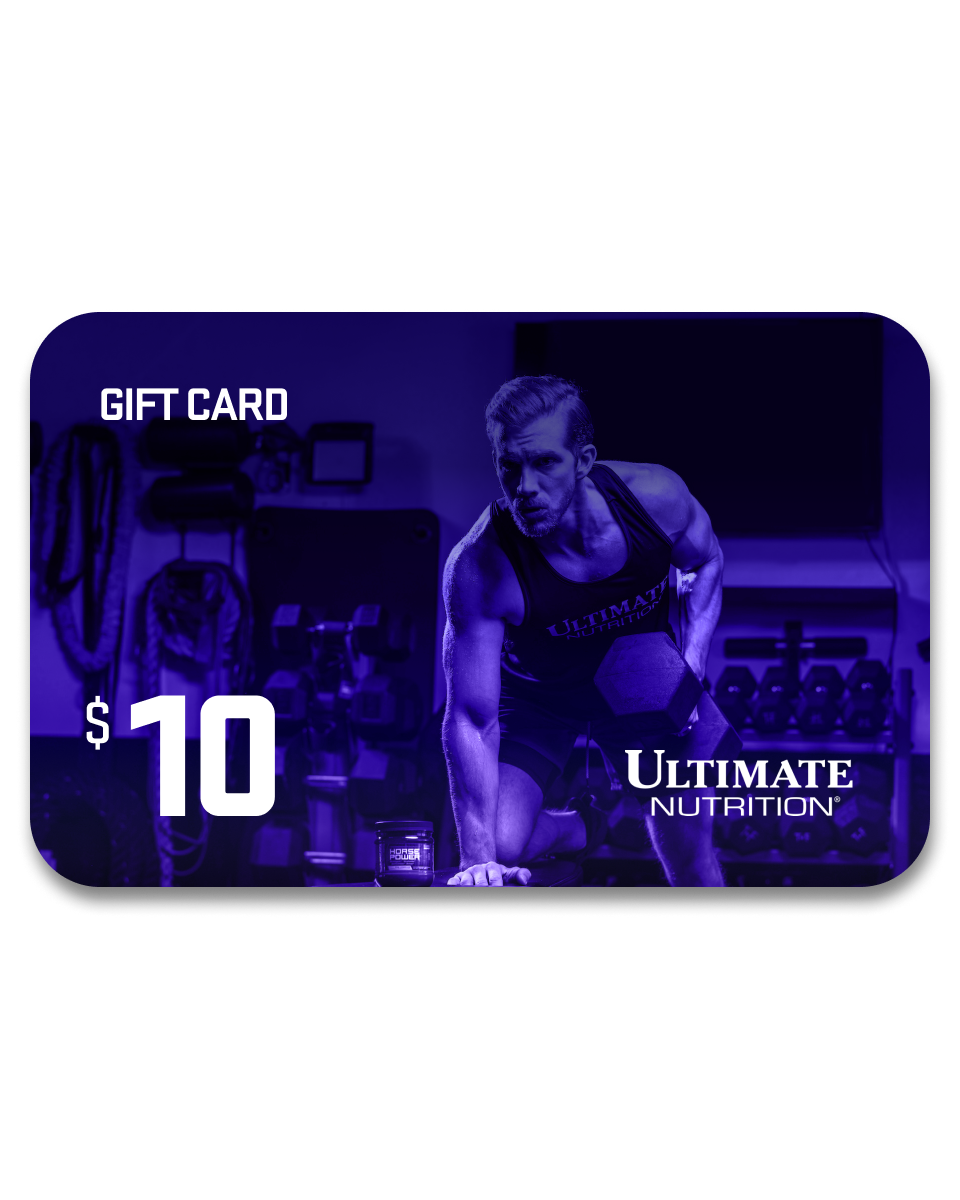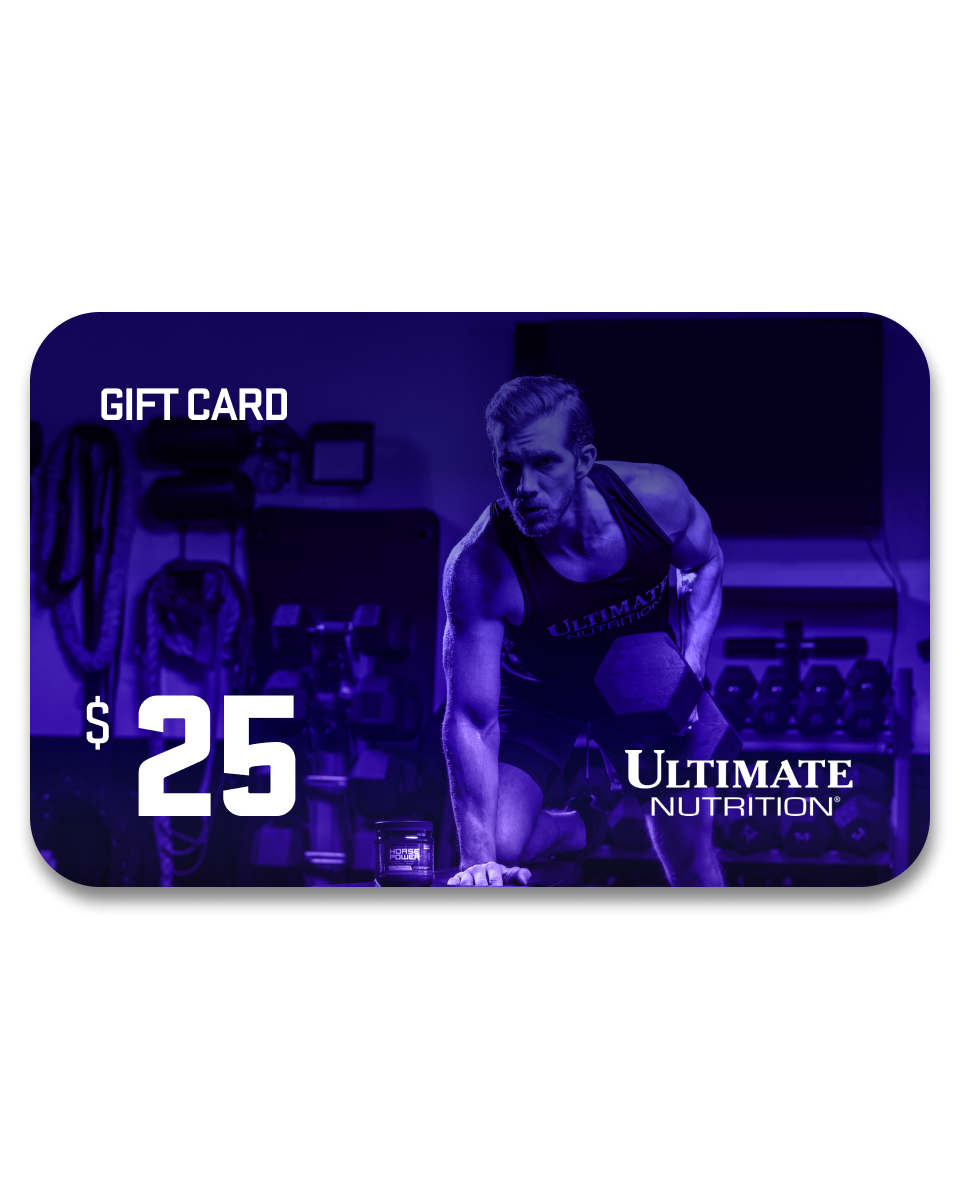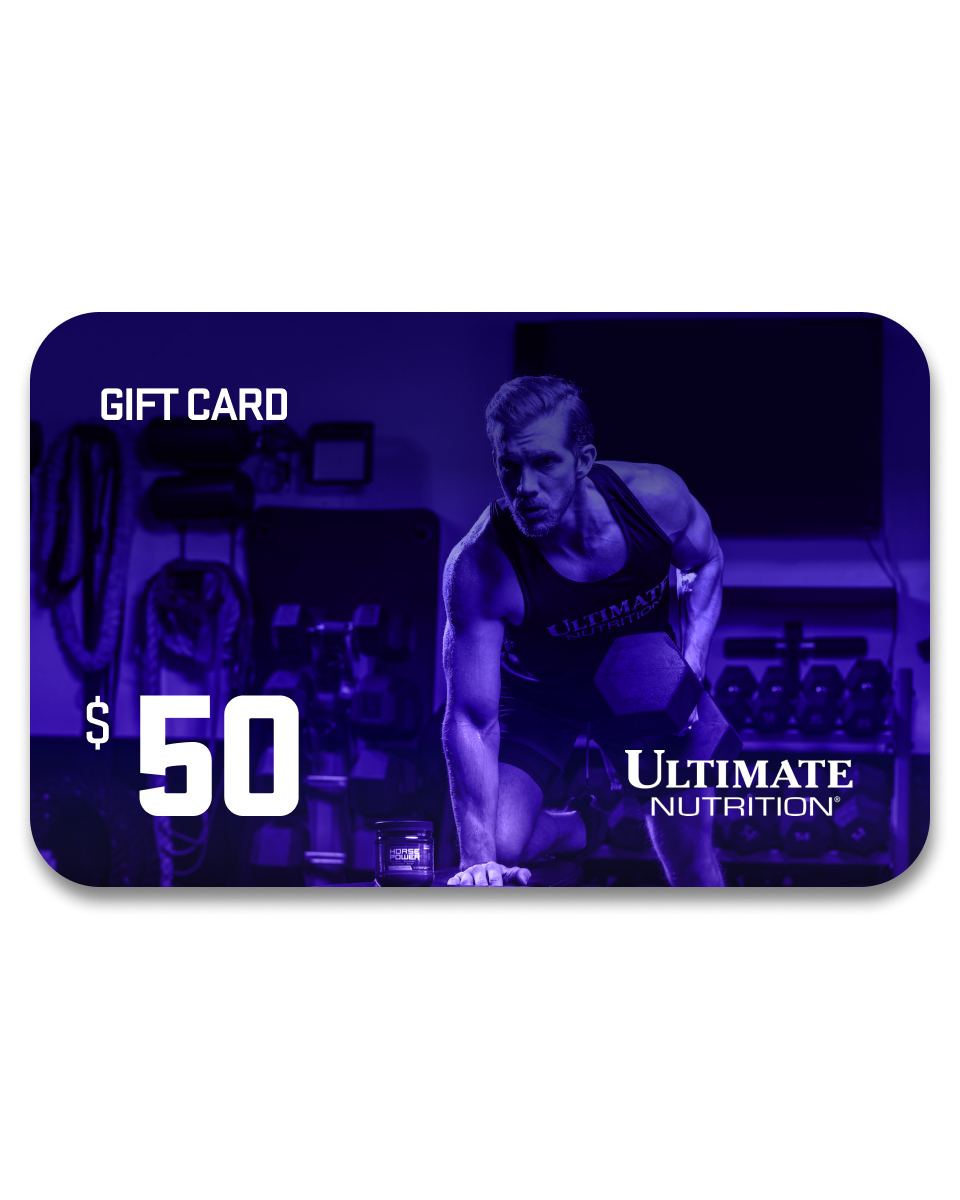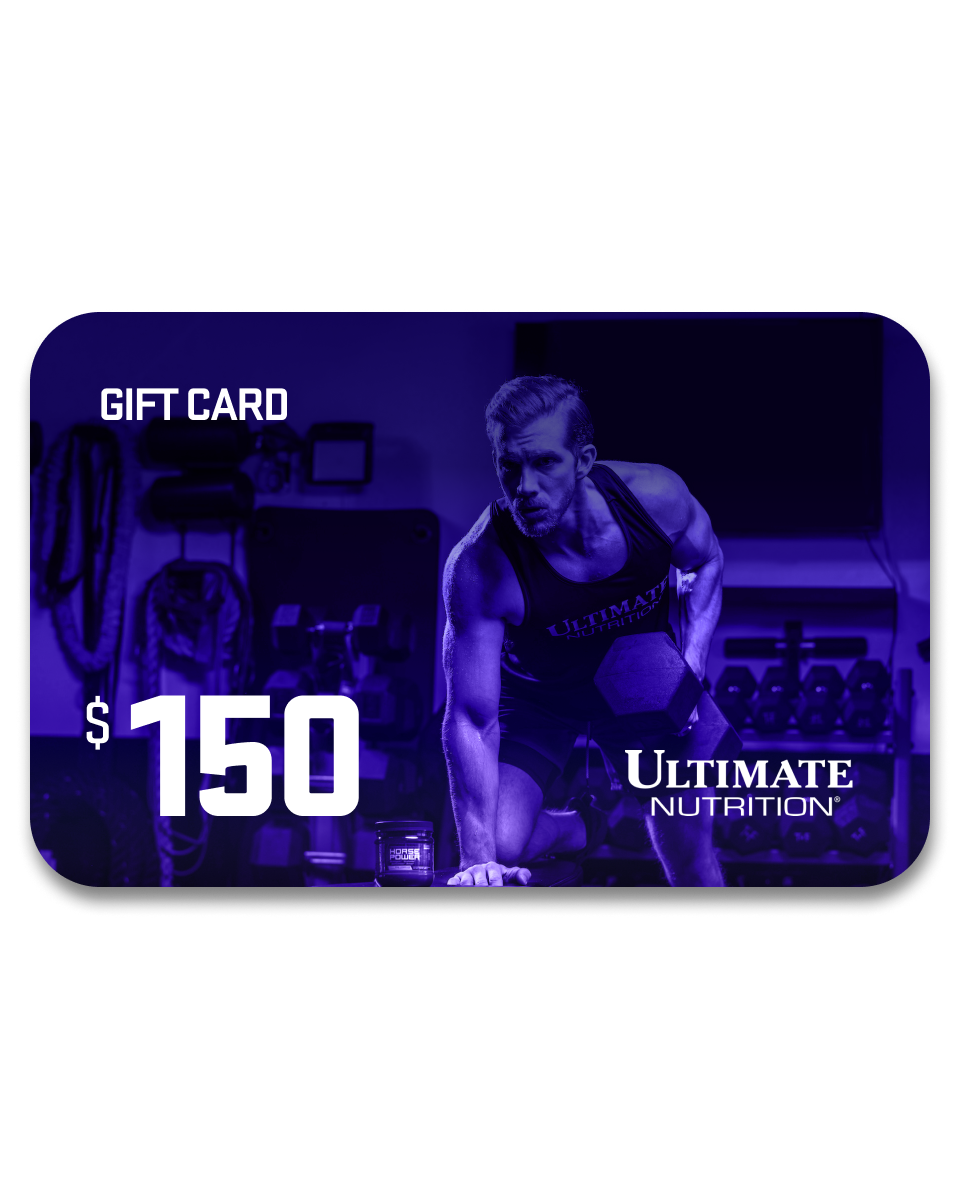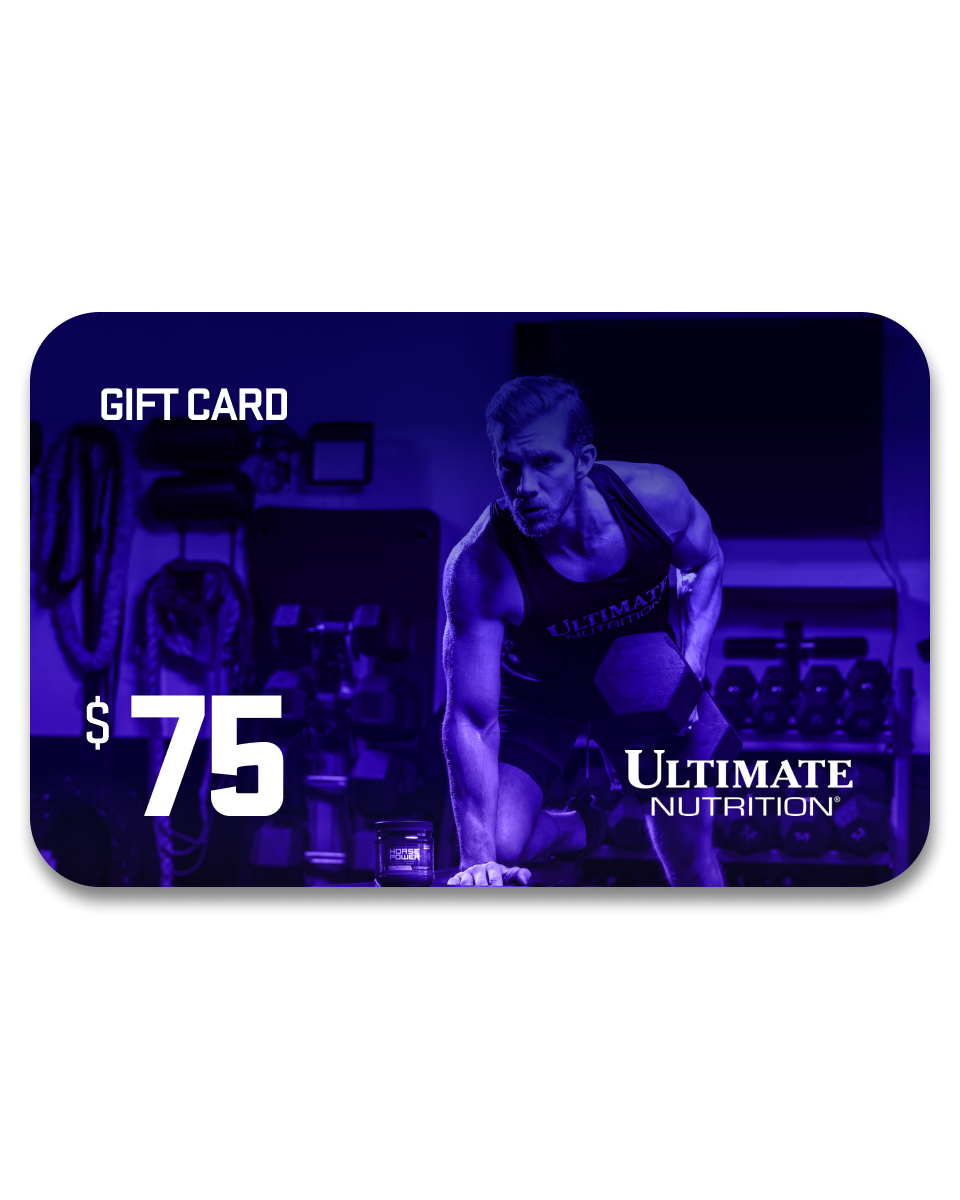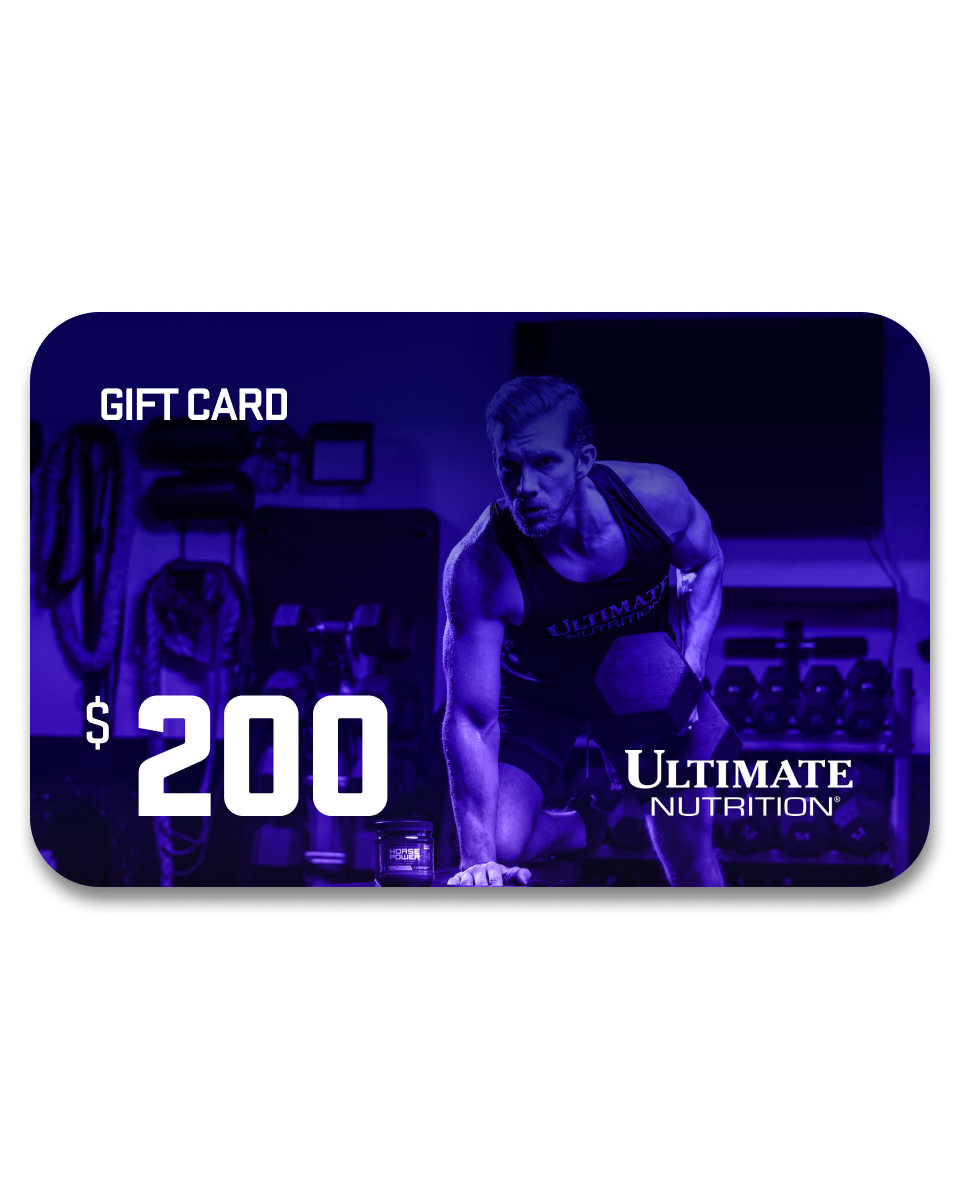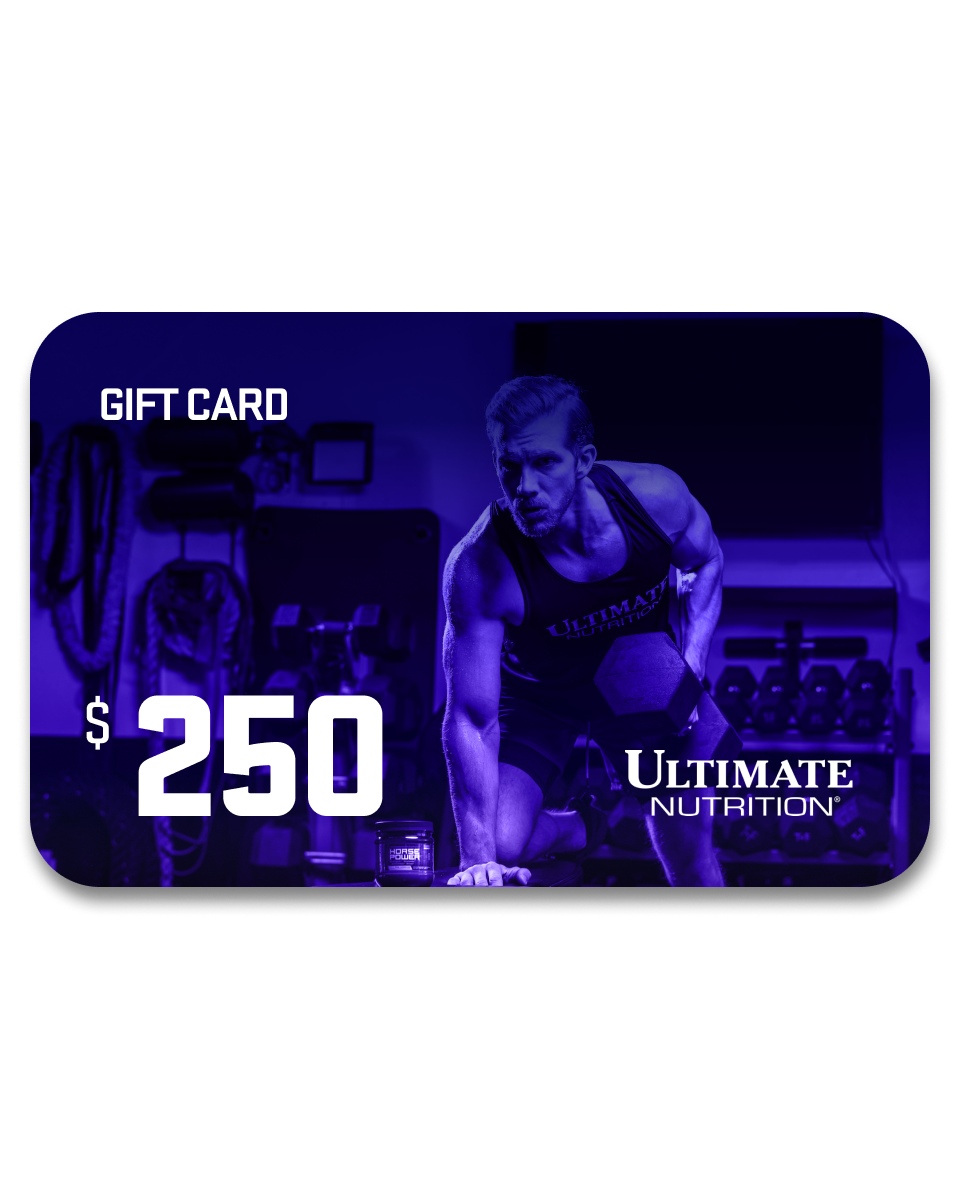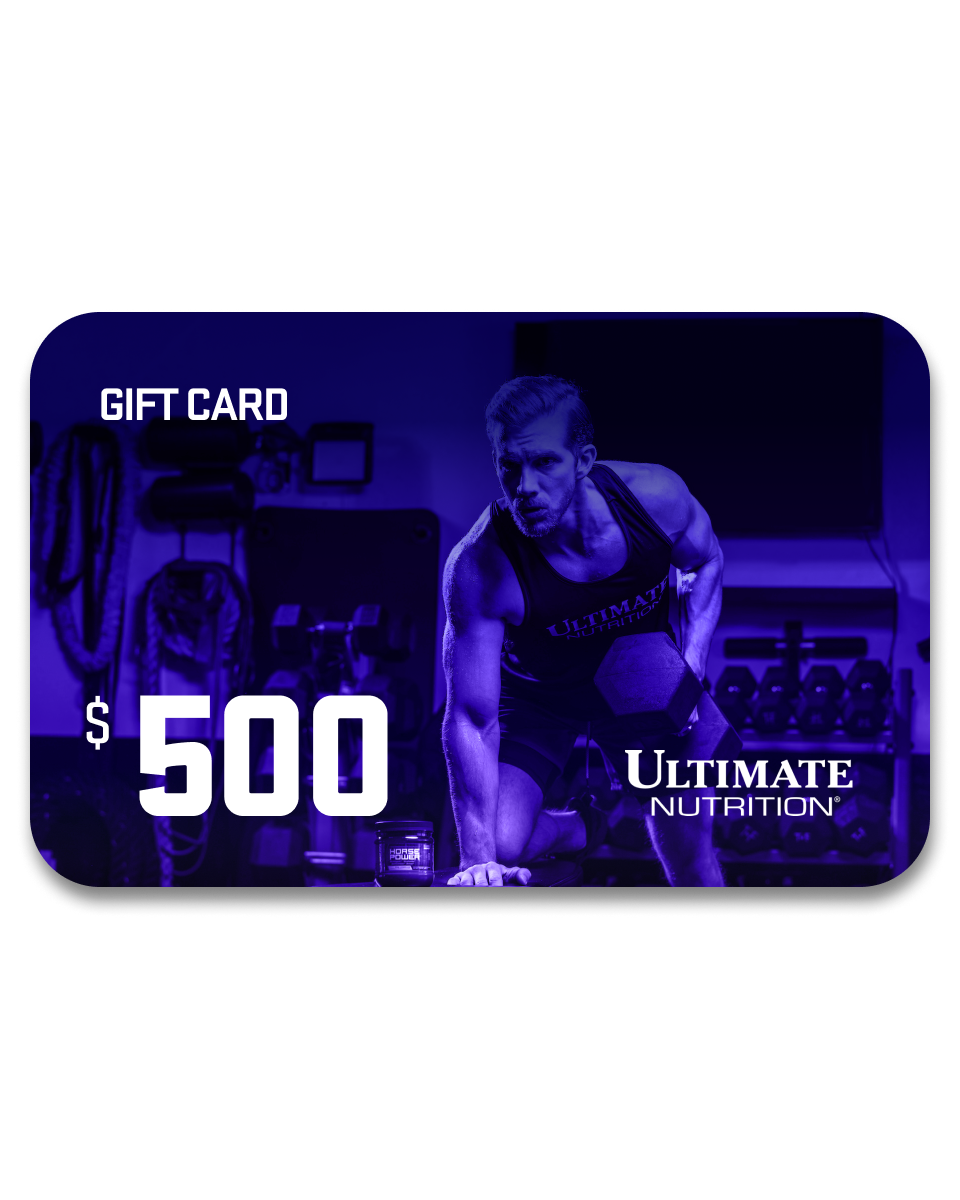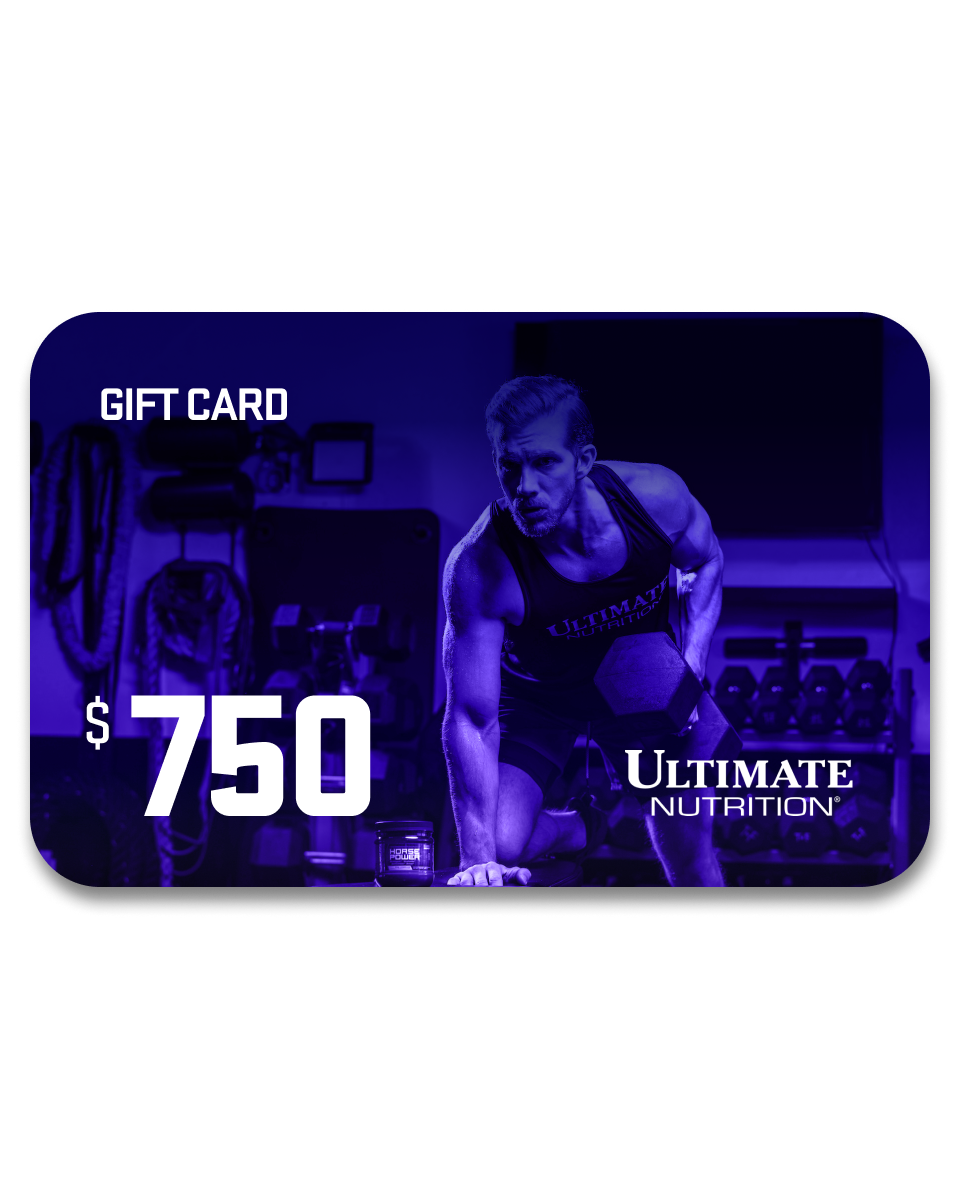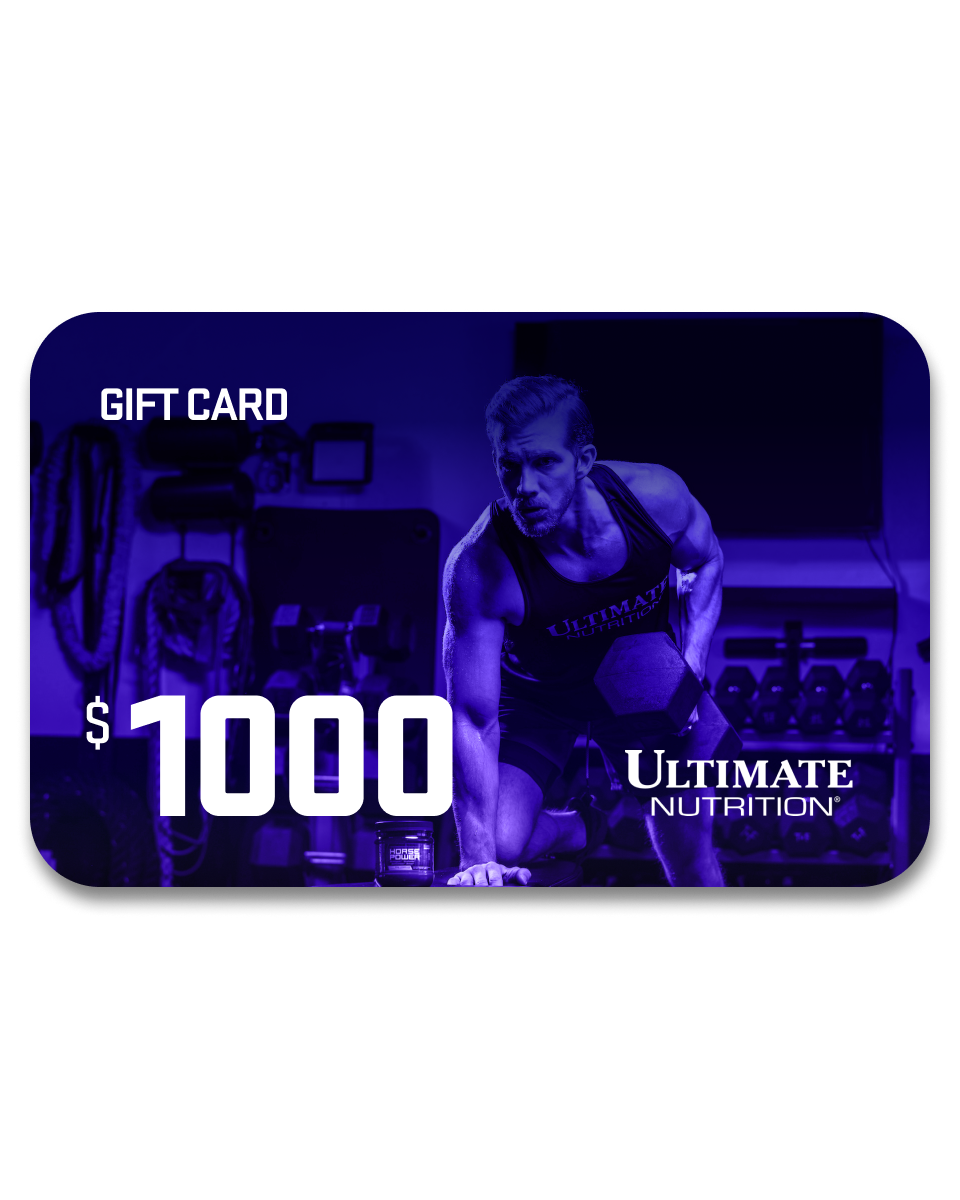We’ve all seen those videos; a svelte individual walks through the snow, plunging into an icy bath beneath the surface. While you may be tempted to book a flight to achieve the same effect, are there any benefits to cold exposure therapy (a.k.a. cryotherapy)?
In this article, we’re addressing the benefits of cold exposure therapy and how taking the plunge could enhance your post-workout gains.

Cryotherapy Benefits
According to an article in the Center for Sports Performance and Research, cold therapy has several benefits for aiding athletic recovery. However, it is not recommended as a medical treatment.
Here are some of the main benefits:
-
Reduced Inflammation: Similar to when you hold an ice pack over a swollen ankle, cold temperatures have been shown to have anti-inflammatory benefits, according to an article in The Journal of Physiology.
-
Hormone Regulation: Cold exposure is linked to higher testosterone levels and lower cortisol levels, which may help reduce stress and improve athletic performance.
-
Nervous System Effects: Cryotherapy may boost dopamine levels and increase activity between the sympathetic nervous system and skeletal muscles, which can also raise heart rate.
-
Psychological Wellbeing: Some studies suggest that participants who received whole-body cryotherapy (WBC) reported improved mood and reduced stress.
-
Reduced Delayed Onset Muscle Soreness: Not only can cold therapy reduce swelling, but some studies suggest that post-exercise cold exposure can reduce delayed onset muscle soreness (DOMS) after training.
Ultimate Tip: Check out our Active Recovery Guide and make the most of rest days.

Cold Therapy for Muscle Recovery: How Does it Work?
Ice baths for athletes generally take one of two forms: selective submergence or whole-body cryotherapy (WBC). The latter form uses a cryo-chamber (an enclosed device that exposes the body to extremely cold air cooled by Nitrogen). Cryo-chambers can reach temperatures as low as -200 degrees Fahrenheit.
In response to the intense chill, the body accelerates blood flow to maintain the core’s optimal temperature. This reaction activates the sympathetic nervous system, changing hormone and neurotransmitter levels. After leaving the cold environment, blood flows back to the limbs and other areas with a rich supply of resources to rectify the body’s perceived “emergency situation.”
Best Conditions for Cold Exposure Therapy
If you plan on going old school by taking a cold-water plunge, there are many ways to accomplish this. From filling a bathtub with ice to swimming outdoors in winter, nothing is off limits, as long as you follow the recommended precautions.
For the best results, water should be at 50 degrees Fahrenheit or cooler. Most cold-water plungers start with 30 seconds to 1 minute of submersion. Professional athletes may work up to 5 or 10 minutes at a time.
While cold plunging is generally considered safe for everyday use, doing it too often, especially after intense training, may have long-term health effects.

Precautions for Cryotherapy and Cold Plunges
According to one article in PubMed, cold therapy can have positive effects on your health, like reducing fatigue. However, there are a few things to consider. We often suggest seeking the help of a sports medicine professional, especially if you are new to the fitness world.
Cryotherapy works, in part, by activating a stress response, leading to a potentially intense experience. Those with heart and blood pressure issues should consult a professional and take extreme precautions when building their cold resistance.
Speaking of blood pressure, the intense cold of cryotherapy can cause a drop in blood pressure, resulting in possible dizziness and fainting. This is why participating in monitored sessions guided by a sports professional is strongly recommended.
Lastly, extreme cold exposure for an extended period of time can result in long-term health effects like tissue damage. This mainly applies to cold water plunges and ice baths, where frostbite could be an issue. Cryotherapy sessions could be an excellent place for beginners, as they are strictly monitored with time limits due to extreme temperatures.
Ready to Take the Plunge?
Cold exposure therapy can be an excellent tool in your recovery arsenal. Sessions as low as 30 seconds to one minute may help reduce pain and limit acute injury, leading to better training sessions (and more gains). It can also have other immediate effects, like a bolstered mood and stress relief.
For the best results, consult with a healthcare and sports medicine professional before attempting cold therapy on your own. Consider visiting a cryotherapy clinic for guidance on maximizing sessions for recovery and performance.
Check out our fitness and lifestyle blog at Ultimate Nutrition for more information on optimal training and nutrition.
The information provided in our articles are meant for informational and educational purposes exclusively and should not be considered as medical advice. It is essential to consult a healthcare professional before starting a new nutritional product and/or making significant changes to your diet and/or starting a new exercise regime. These products are not intended to diagnose, treat, cure, and/or prevent disease.

